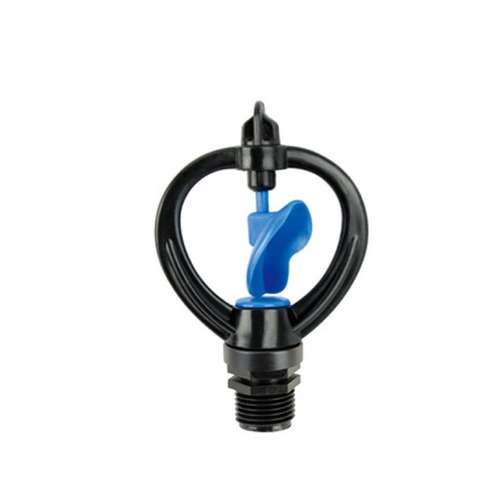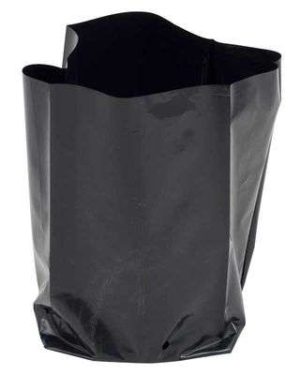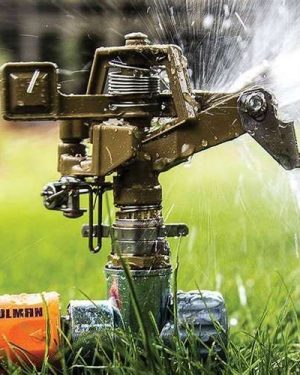Description
A Butterfly Sprinkler is a type of stationary sprinkler that gets its name from the distinctive butterfly-shaped spray pattern it produces. These sprinklers are popular for their simplicity, durability, and ability to cover a wide area evenly. They are available in different sizes, with 1/2-inch and 3/4-inch inlets being common.
Components and Design
- Base: The base of a butterfly sprinkler is usually flat and wide to provide stability. It may be made of plastic or metal.
- Sprinkler Head: The head is the main part that controls the water distribution. It often has:
- Butterfly-shaped Deflector: Creates the characteristic spray pattern.
- Nozzles: Small openings that emit water, usually designed to create a fine mist or gentle spray.
- Inlet: The point where the sprinkler connects to the water supply, available in different sizes (1/2-inch or 3/4-inch).
- Adjustment Controls: Some models come with controls to adjust the spray distance and pattern.
Specifications of the butterfly sprinkler
- 1/2” & 3/4” female thread,
- Working pressure: 1.5-2.5 bar
- Flow rate: 600-1000 Litres Per Hour
- Spray radius: 3-7m
1/2-Inch Butterfly Sprinkler
Features
- Size: Suitable for small to medium gardens and lawns.
- Coverage: Typically covers a radius of up to 20 feet.
- Water Flow: Requires lower water pressure, making it ideal for domestic garden hoses.
3/4-Inch Butterfly Sprinkler
Features
- Size: Suitable for medium to large gardens and lawns.
- Coverage: Typically covers a radius of up to 30 feet.
- Water Flow: Requires higher water pressure, making it suitable for larger water sources.
Advantages
- Even Coverage: Provides uniform water distribution, preventing dry spots.
- Durability: Made from high-quality materials that resist wear and tear.
- Easy to Use: Simple design with minimal moving parts, making it easy to set up and maintain.
- Versatility: Suitable for various garden sizes and shapes.
Maintenance Tips
- Regular Cleaning: Keep nozzles and deflectors free of debris to ensure proper water flow.
- Check for Leaks: Inspect the hose connection and seals regularly to prevent water waste.
- Store Properly: Store indoors during freezing weather to prevent damage.
- Adjustments: Regularly check and adjust the spray pattern to match the watering area.
Installation and Adjustment
- Connect to Water Source: Attach the sprinkler to a hose or irrigation pipe using the appropriate inlet size.
- Positioning: Place the sprinkler on a stable surface in the area to be watered.
- Adjust Spray Pattern: Use any available adjustment controls to set the desired spray distance and pattern.
- Test and Fine-Tune: Turn on the water and observe the spray pattern, making further adjustments as needed.
Additional information
| Weight | 10 kg |
|---|







Reviews
There are no reviews yet